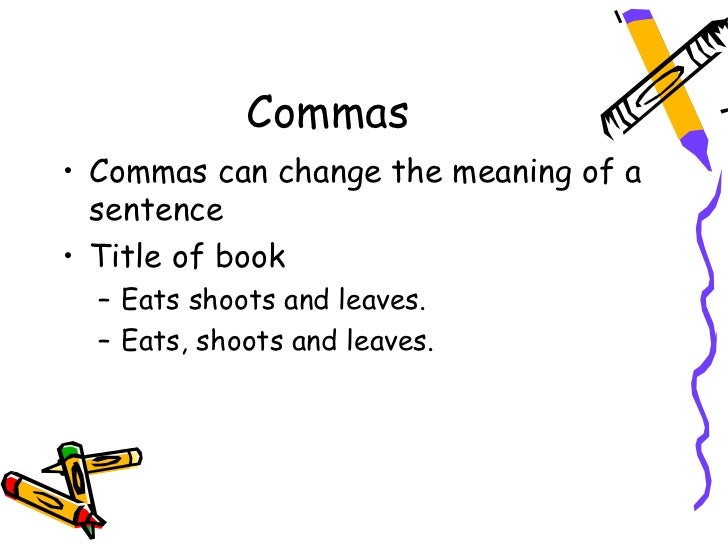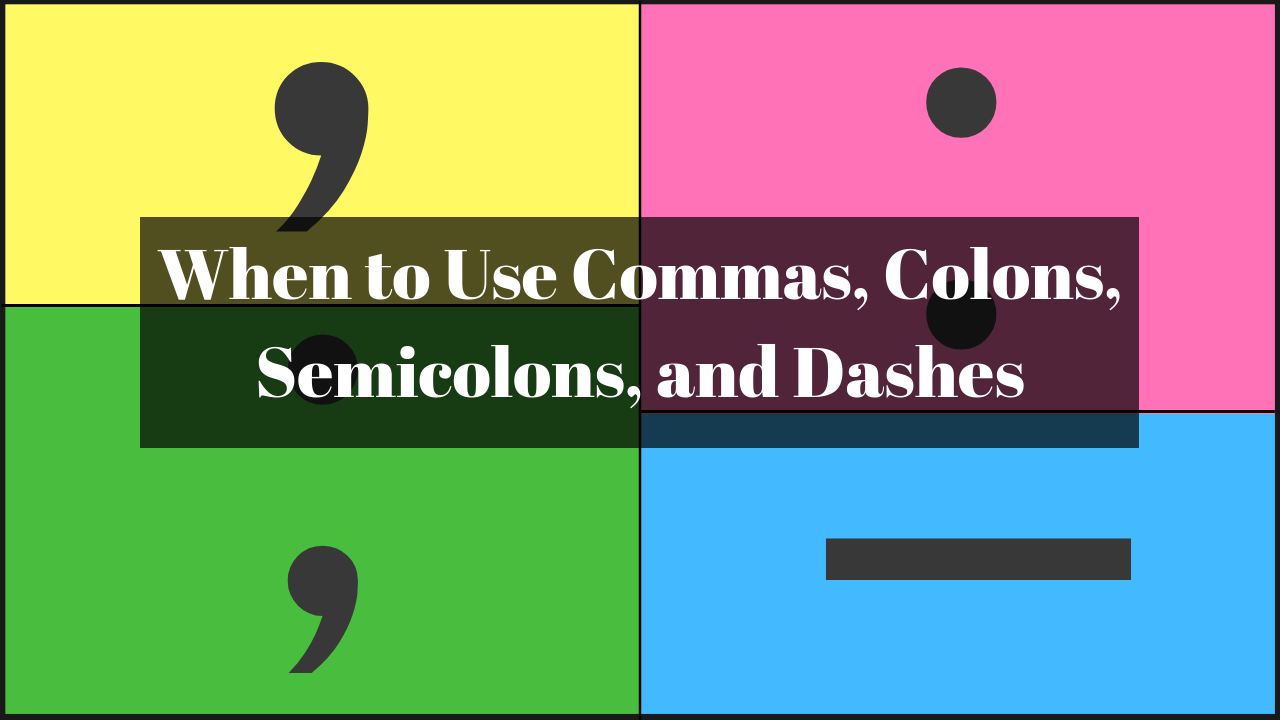

Punctuation, instead of lending structure, has warped it. Whether the comma came from the writer or from a sub-editor trained in the totally fake that/ which rule, the sentence is unwittingly spoiled. Readers are being made to work unnecessarily for a straightforward point. The ambiguity is quickly resolved, but it ought never to have arisen. The clause led by which is restrictive, so there should be no comma before it.* Adding one makes the clause non-restrictive and obscures the antecedent – what the relative pronoun which refers to. The article should read “a role which is much more significant”. And then they’ll realise they’ve miscued because of a rogue comma. Readers may briefly infer that what is “much more significant” is not a role but Petraeus’s fashioning a role for himself, or they may infer that top generals don’t normally have a role during wars. The former general fashioned for himself a role, which is much more significant than top generals have during wars. There is another lesson to the Petraeus affair. Use commas wherever necessary to prevent possible confusion or misreading.From a Guardian editorial of 14 November:.Use a comma to shift between the main discourse and a quotation.

#Does hopefully need a comma free#
Such phrases are free modifiers that can be placed anywhere in the sentence without causing confusion. Use commas to set off phrases at the end of the sentence that refer back to the beginning or middle of the sentence.Use a comma near the end of a sentence to separate contrasted coordinate elements or to indicate a distinct pause or shift.Be sure never to add an extra comma between the final adjective and the noun itself or to use commas with non-coordinate adjectives. Use commas to separate two or more coordinate adjectives that describe the same noun.Use commas to separate three or more words, phrases, or clauses written in a series.That clauses following a verb expressing mental action are always essential. That clauses after nouns are always essential. Do not use commas to set off essential elements of the sentence, such as clauses beginning with that (relative clauses).Use one comma before to indicate the beginning of the pause and one at the end to indicate the end of the pause. Use a pair of commas in the middle of a sentence to set off clauses, phrases, and words that are not essential to the meaning of the sentence.Use commas after introductory a) clauses, b) phrases, or c) words that come before the main clause.Use commas to separate independent clauses when they are joined by any of these seven coordinating conjunctions: and, but, for, or, nor, so, yet.This resource also includes sections with more detailed rules and examples. The following is a short guide to get you started using commas. The rules provided here are those found in traditional handbooks however, in certain rhetorical contexts and for specific purposes, these rules may be broken. The comma is a valuable, useful punctuation device because it separates the structural elements of sentences into manageable segments. This resource offers a number of pages about comma use. Writing Letters of Recommendation for Students.


 0 kommentar(er)
0 kommentar(er)
